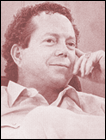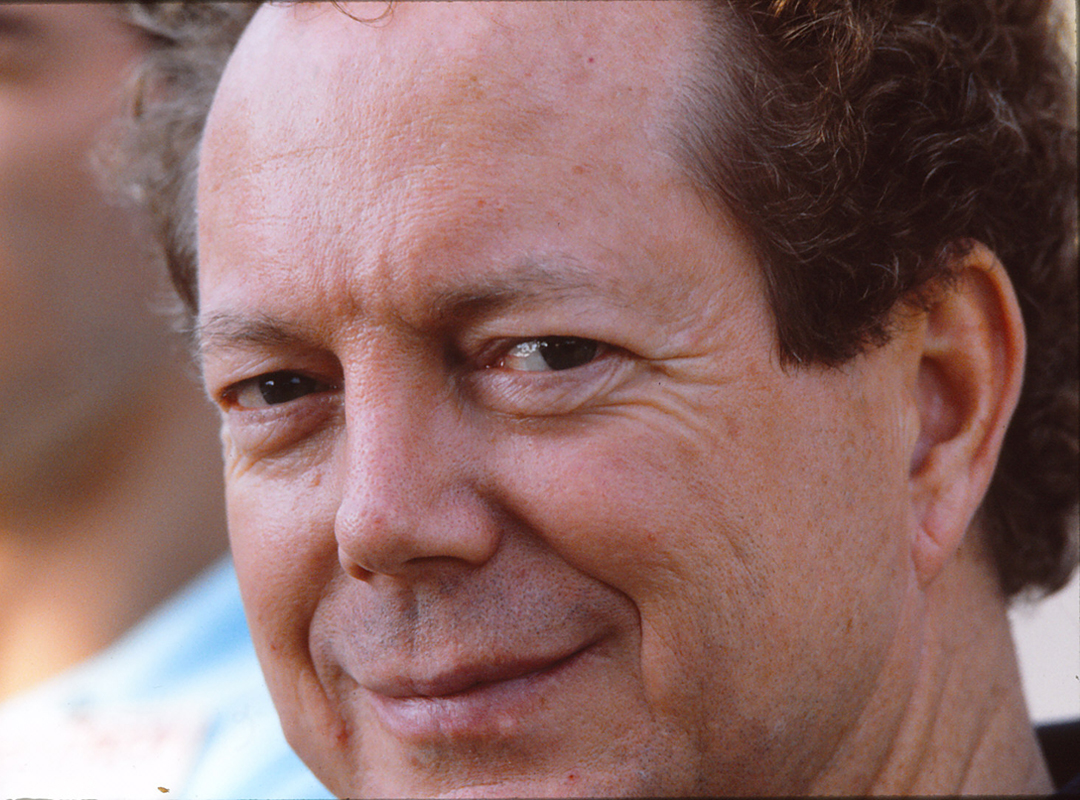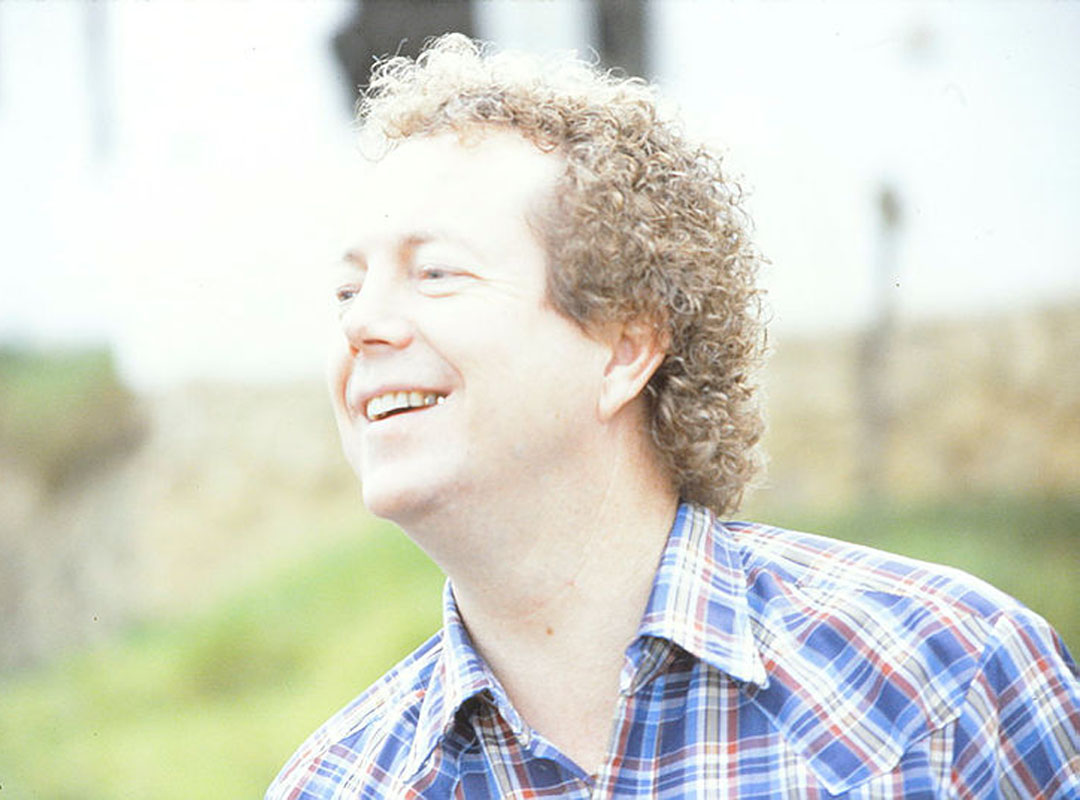 In today’s world, high stress levels and violence are a big part of today’s conversation. Everywhere we look, it seems there’s another story about stress on the job, road rage, global warfare, or economic concerns. Yet these are not what most people really want in their lives or world. I often talk with friends and family about how to approach life with peace and calm. When life seems out of control, we need to identify ways to take care of ourselves and support ourselves. When we are supporting ourselves, we can become part of the solution in any situation we face rather than exploding into anger and being part of the problem.
In today’s world, high stress levels and violence are a big part of today’s conversation. Everywhere we look, it seems there’s another story about stress on the job, road rage, global warfare, or economic concerns. Yet these are not what most people really want in their lives or world. I often talk with friends and family about how to approach life with peace and calm. When life seems out of control, we need to identify ways to take care of ourselves and support ourselves. When we are supporting ourselves, we can become part of the solution in any situation we face rather than exploding into anger and being part of the problem.
In this article, I’d like to look at some of the sources of anger, and share simple tools that can help us live our daily lives more peacefully, productively, and in attunement with our hearts.
People sometimes use anger to protect themselves from other people. When you feel threatened, you have a choice of responses. You can go into fear, or you can come forward with terrific anger–anger so strong it can destroy.
You can’t give yourself the luxury of allowing anger to run rampant through your consciousness. The price you pay is losing the respect of those who love you. When you get angry, people close to you–your spouse, your family, your friends–can feel the anger in you, even though you may not be directing it at them. They must then deal with their responses to your anger, as well as with the anger coming from you. This is a downward spiral, and no one wins or feels good about what is going on.
You can direct anger towards yourself, people around you, situations, or the world you live in. Sometimes the anger you feel isn’t even yours. You may have been going along feeling fine, walked or driven through someone else’s anger and frustration, and suddenly find yourself ranting and raving inside. Anger can come from many different sources, and at times, you may feel frustrated and confused. What do you do? Exploding in anger just adds to the problem and doesn’t bring you any closer to a resolution, or to any peace. “Stuffing” your feelings doesn’t work either; eventually they will come bursting through. The first step to dealing with anger is to understand where it comes from.
Anger can sometimes result from a conflict between different parts of our personalities. Let’s say that one part of your personality is very diplomatic, and you tend to avoid saying anything that would hurt another person’s feelings. This could look like you’re lying, and people may let you know that they don’t like it when you do that. They may even avoid being around you. You then feel hurt and angry, and think, “Why didn’t I just tell them the truth and forget about their hurt feelings?” You’ve got conflict going inside of you, and you have to eat your own anger, which can literally make you sick. You may have stomach problems, or headaches that extend down your neck.
Another part of your personality may be more abrupt. When somebody asks you a question, you just blurt out an answer without thinking about it. You then get accused of being rude, and that can make you angry. That anger can turn and strike out at other people, perhaps not severely, but enough that you destroy your compatibility and companionship with close friends and people around you.
So now, you have an unsolvable problem. In one mood, you are diplomatic, but your diplomacy looks like you’re lying. In another mood, you are abrupt and rude. In the first mood, your intent is not to hurt, but the anger comes in when your attempt to not hurt anyone doesn’t work; the other person gets a blast of anger and they’re hurt anyway. In the second mood, you are unthinkingly abrupt, and get accused of being ill mannered. You feel hurt, which leads to anger, and the anger either turns on you, or onto another person. Either way, that anger is energy that is not being utilized in a positive direction.
So what is the positive direction?
There are a few simple practices you can use to transform anger in the moment. Perhaps the most basic tool you can use when you feel angry is breathing. When you find yourself getting tense or stressed, take a moment to focus on your breath. Let your body relax, and breathe naturally, without straining or pushing. After a few moments, you may experience yourself “being breathed,” without any effort on your part. The practice of breathing can transform anger and bring more joy, peace, and calm to your life in an effortless way.
Another tool you can use is “I Love This.” Like breathing, it is a very simple tool. Here’s how it works: Whatever is going on where you are feeling angry–whatever thoughts or emotions you are experiencing–accept it as what is and say, “I love this.” You can add other words if you like; for example, “I love myself though I am feeling angry right now,” or “I love myself though I am thinking this,” or “I love this situation.”
What’s surprising about “I Love This” is that it works even if you don’t feel any love when you say it. You only need to repeat the words consciously–you only have to pay attention and be fully present when you say the phrase. The best way to see how this method works is to try it for yourself–simply make a statement of love whenever you can, whatever situation you’re in. Be a scientist–observe whether anything changes inside of you.
While these tools are not designed to take anger away, they can help you to direct it. When you work with them, you may want to consider that what helps all of these tools to work is a quality that we all have inside of us that I call the Light. It includes all the best things about being human: compassion, caring, kindness, loving. It is connected with the highest and best of humanity. It is connected with our Source, however we understand it. When you ask for the support of the Light, and ask that it work for the highest good of all concerned, you open yourself to receive from the greatest source of love available. That is a great key to being part of the solution rather than part of any problem in your life.
The more you look for ways to be part of the solution in life and in the world, the more you can approach your life as an adventure and an exploration. Then anger can be another part of your experience that you can use to direct yourself toward a greater good for everyone. When you do that, you are doing the work of transforming anger, and that brings blessings for everyone.
Dr. John-Roger is a New York Times #1 bestselling author, educator, and founder of the Movement of Spiritual Inner Awareness, which teaches Soul Transcendence. His latest release, written with Dr. Paul Kaye, is Momentum: Letting Love Lead. The techniques for transforming anger are excerpted from the book, which includes additional simple practices for experiencing greater health, success, and fulfillment in our lives. For more information about Dr. John-Roger, please visit www.john-roger.org. For more information about Momentum, please visit www.mandevillepress.org.
















